Thermal imaging was once reserved for specialty diagnostics, but it’s now becoming an accessible and valuable tool in dealership service bays. The GM-60503 Thermal Imaging Camera, a new GM Essential Tool that is being shipped to all dealerships now through the end of the year, offers fast, non-intrusive insights into a wide range of vehicle systems. (Fig. 1) The added visibility the thermal imaging can provide will help confirm issues before beginning intrusive repairs as well as verify repairs after completion.
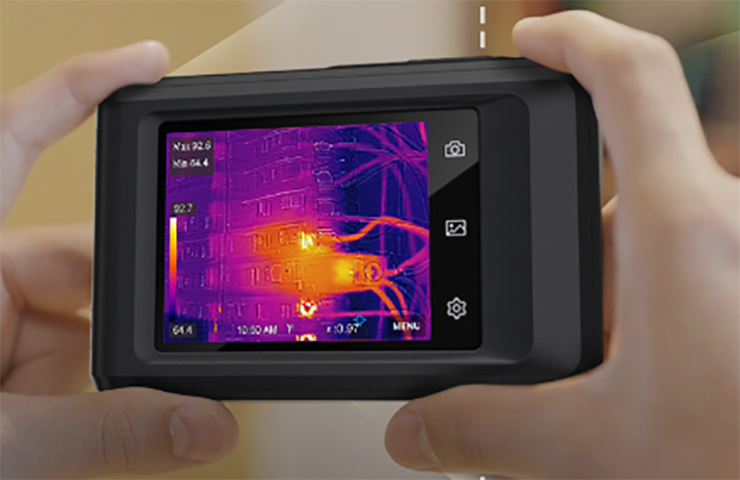 Fig. 1
Fig. 1
The GM-60503 Thermal Imaging Camera features a 3.5-inch touchscreen with one-tap level and span modes. Up to 60,000 images or 15 hours of video can be recorded with the built-in 16 GB flash memory. (Fig. 2) Plus, images can be shared through its Wi-Fi and hotspot capabilities.
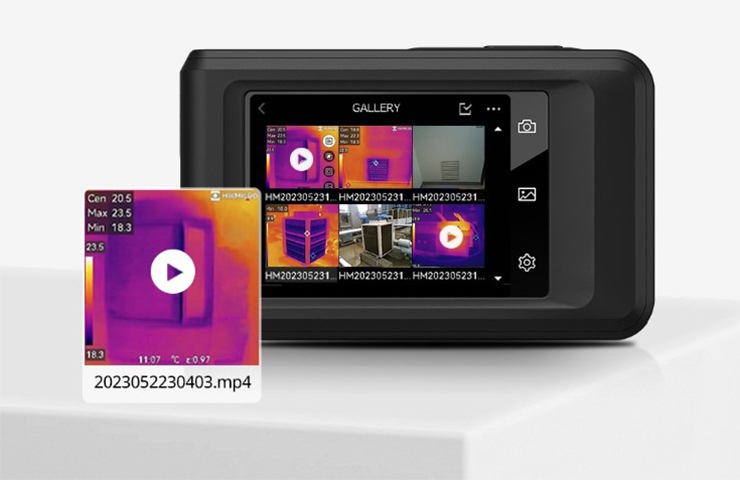 Fig. 2
Fig. 2
New Diagnostic Tool
As a new diagnostic tool, thermal imaging can be used to assist in diagnosing and verifying issues in multiple areas:
- Parasitic Drains: Identify components drawing power with the vehicle off by spotting minor temperature increases in fuses or modules.
- Wheel Bearings: Spot excess heat caused by friction and early bearing failure by comparing side-to-side temperature differences.
- Tires: Detect underinflation, leaks, or misalignment by observing uneven heat distribution after a road test.
- Brakes: Identify stuck calipers or cables by spotting abnormal heat on one rotor or wheel.
- Engine Misfires: Misfiring cylinders often show cooler exhaust manifolds due to incomplete combustion.
- HVAC System: Confirm proper function by checking vent temperatures and inspecting surface temperatures of high- and low-pressure lines for insulation damage.
- Cooling System: Spot issues like faulty thermostats, clogged radiators, or blocked coolant lines through uneven heat dissipation.
- Engine Belt and Pulleys: Detect overheating caused by pulley misalignment or belt strain.
- Drivetrain and Suspension: Locate excessive friction or underperforming components through inconsistent heat patterns.
- Exhaust System: Identify leaks, cracked manifolds, failed gaskets, or clogged catalytic converters.
- Heated Components: Quickly pinpoint failed seat heaters or broken rear defroster gridlines.
Benefits of Thermal Imaging
Thermal images offer non-intrusive verification of vehicle conditions, providing visual evidence without disassembling components, which saves time and reduces misdiagnosis. As a result, diagnostics can be completed faster with problems highlighted with a glance at the camera image, which can help cut down on unnecessary part swapping and other diagnostic procedures.
Afterward, validation of the repairs is easily confirmed by comparing before/after thermal images. The thermal images even can be shown to customers to provide clear, visual explanations to support service recommendations or completed work.
Using Thermal Imaging
By enhancing repair accuracy and reducing repair time, while also increasing customer trust, thermal imaging can be a valuable diagnostic aid. Here are a few best practices to follow when using the thermal imaging camera.
- Perform Indoors after Cool Down: To avoid misleading results due to heat soak, allow the vehicle to return to room temperature before scanning.
- Compare Known Good Components: Side-by-side comparisons (left vs. right, front vs. rear) are especially effective.
- Use as a Complementary Tool: Thermal imaging should supplement, not replace service diagnostics using your scan tools and digital multimeters (DMM).
- Conduct Scans after Use: Run the vehicle briefly to generate heat patterns in active systems before scanning.
There are several updated Service Information documents and recently released Bulletins that call for using the GM-60503 Thermal Imaging Camera, including High Voltage Stability Preliminary Inspection for several EV models and Bulletin #25-NA-199.
Refer to the appropriate Service Information for more information.
– Thanks to Ryan Brown and Marco Salcedo


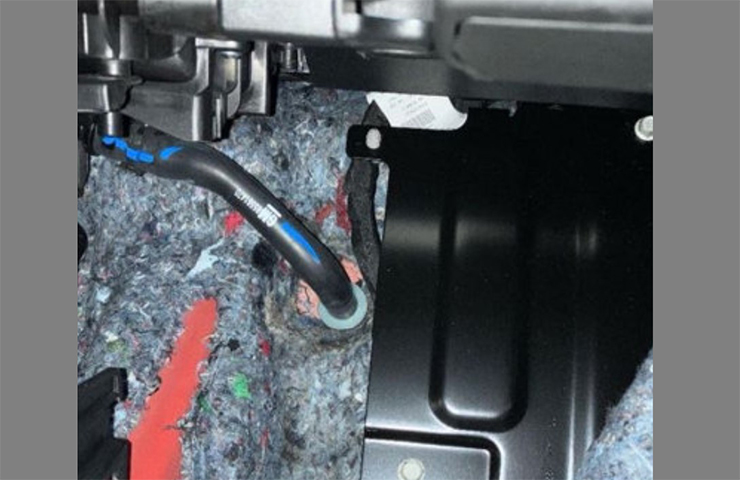
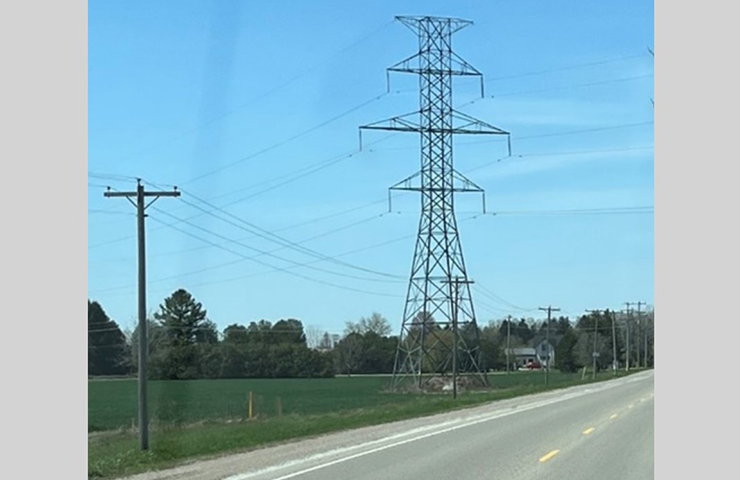

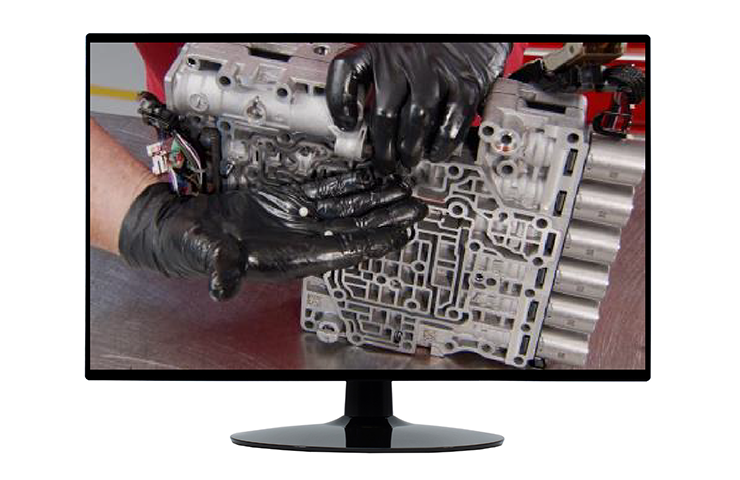
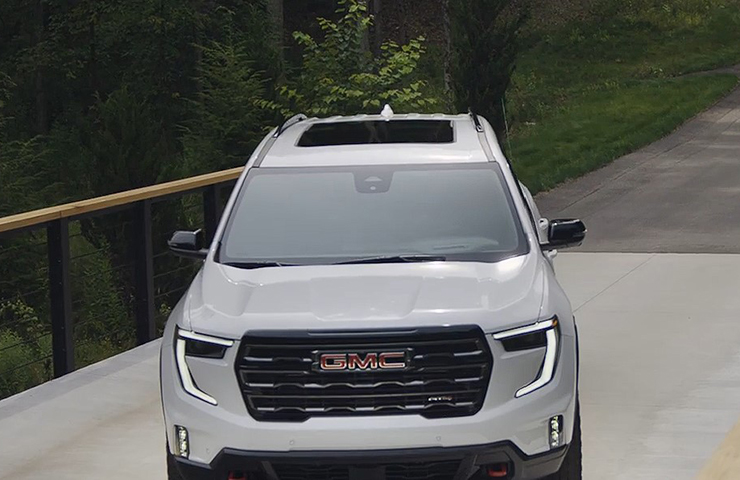
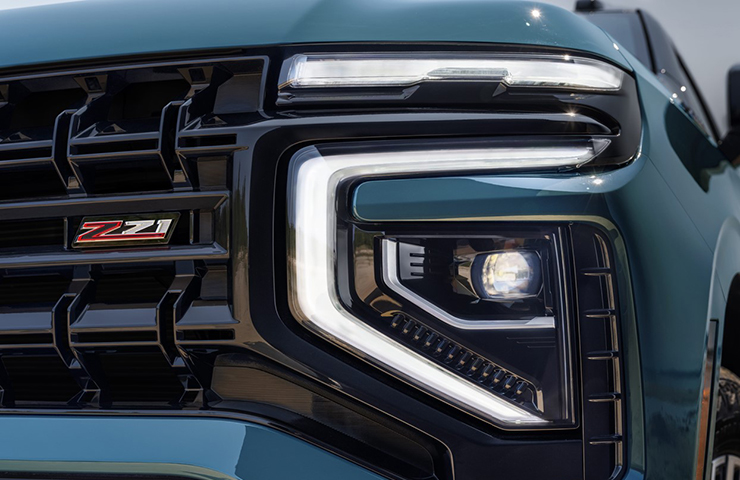

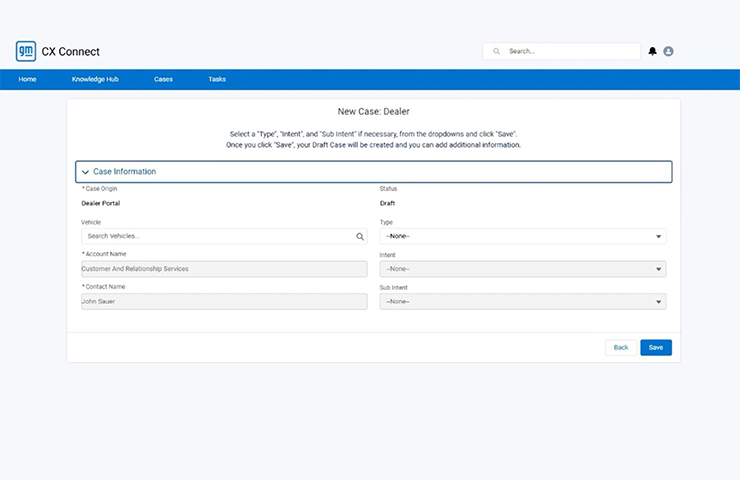
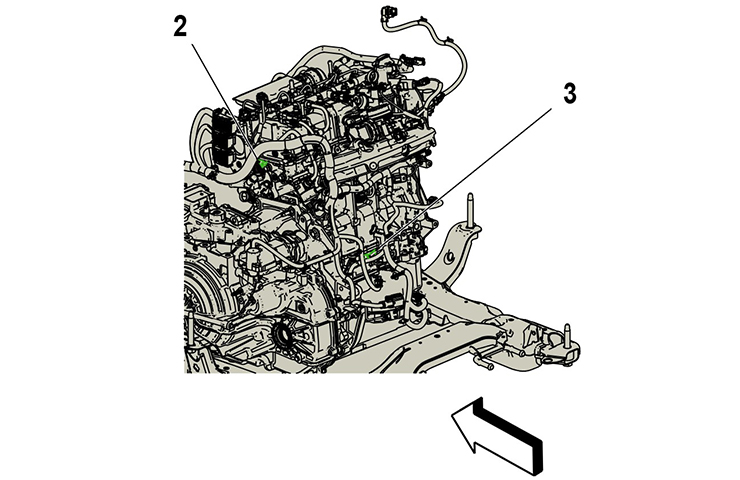
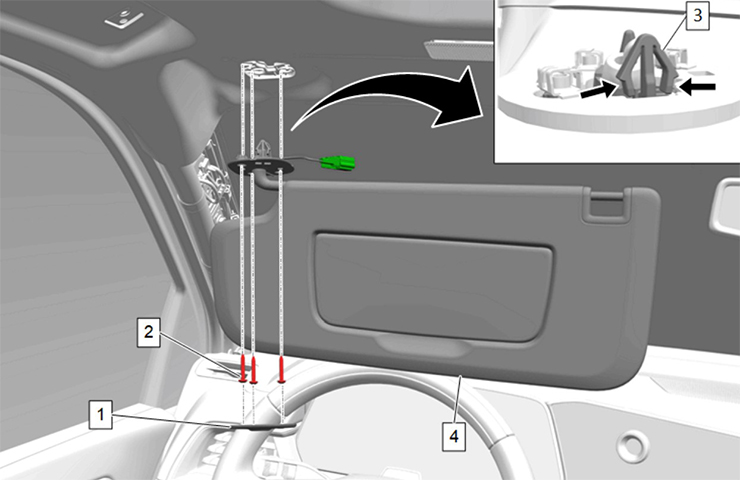
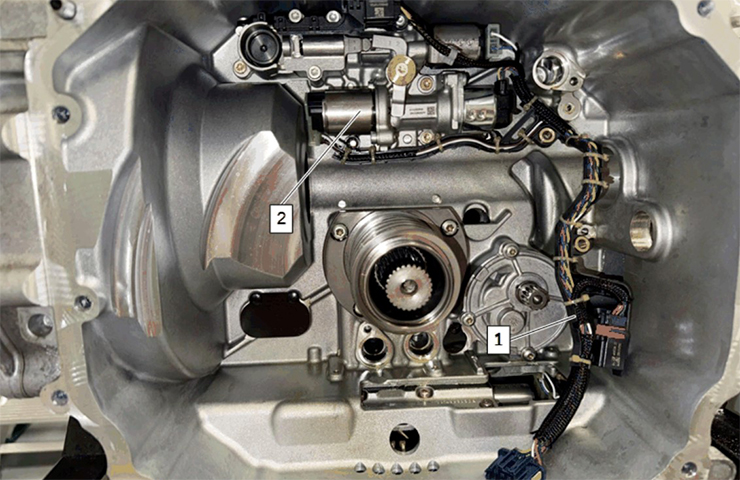







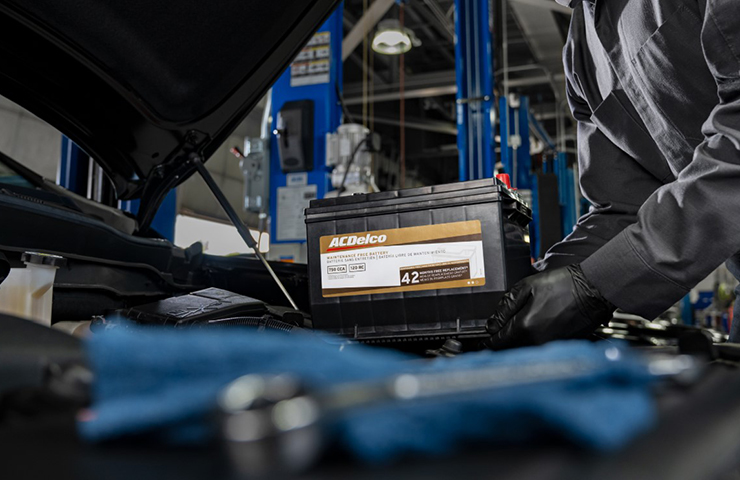

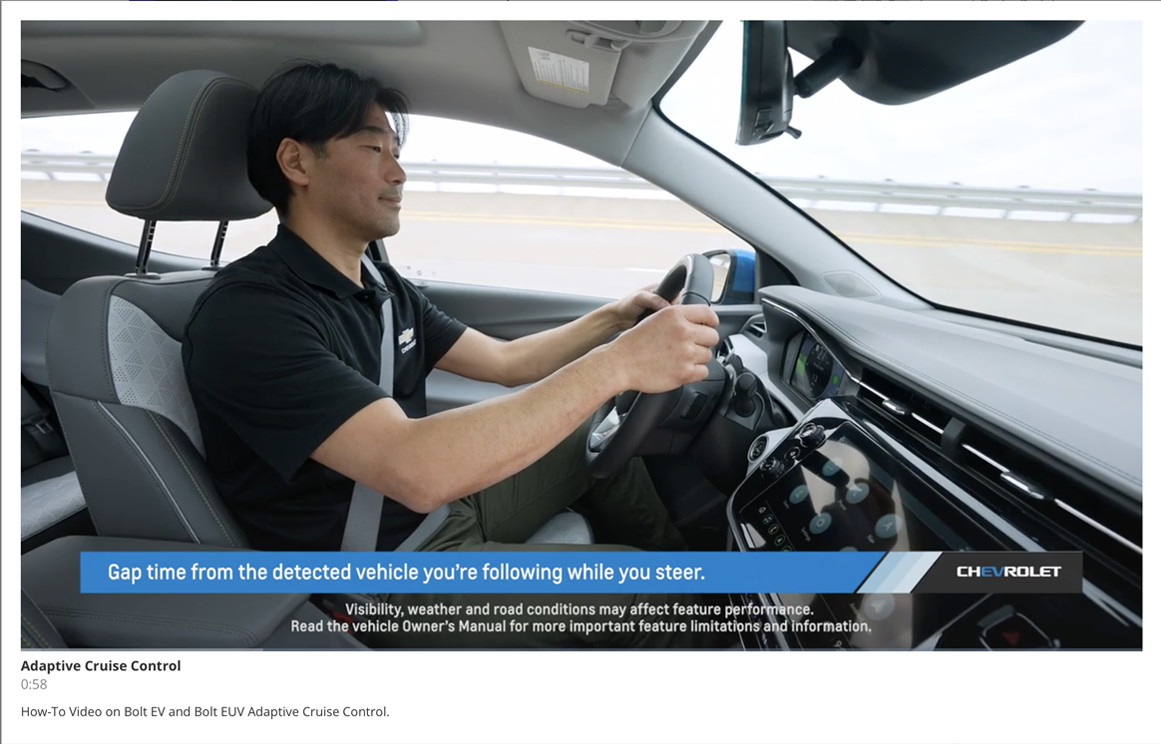
IS THERE GOING TO BE ANY VIDEOS WITH RECOMMENDED USES